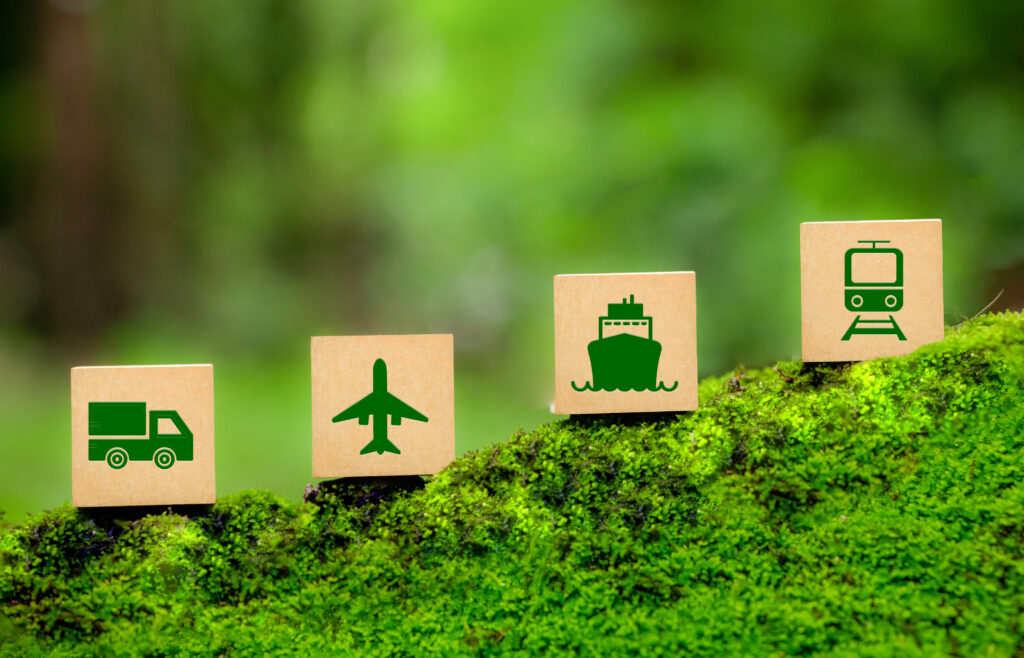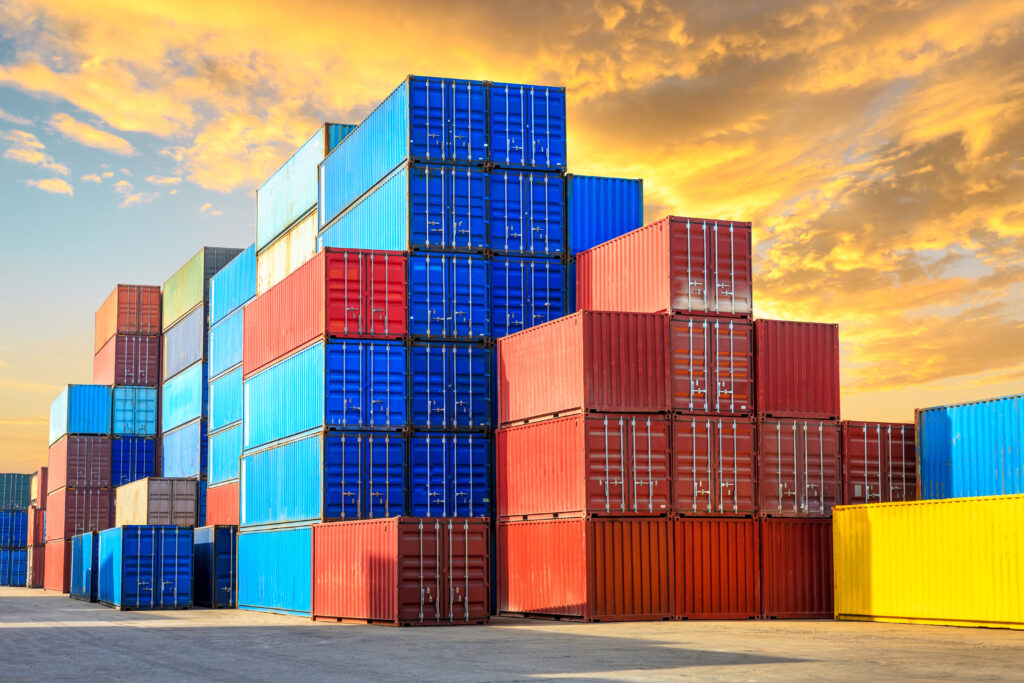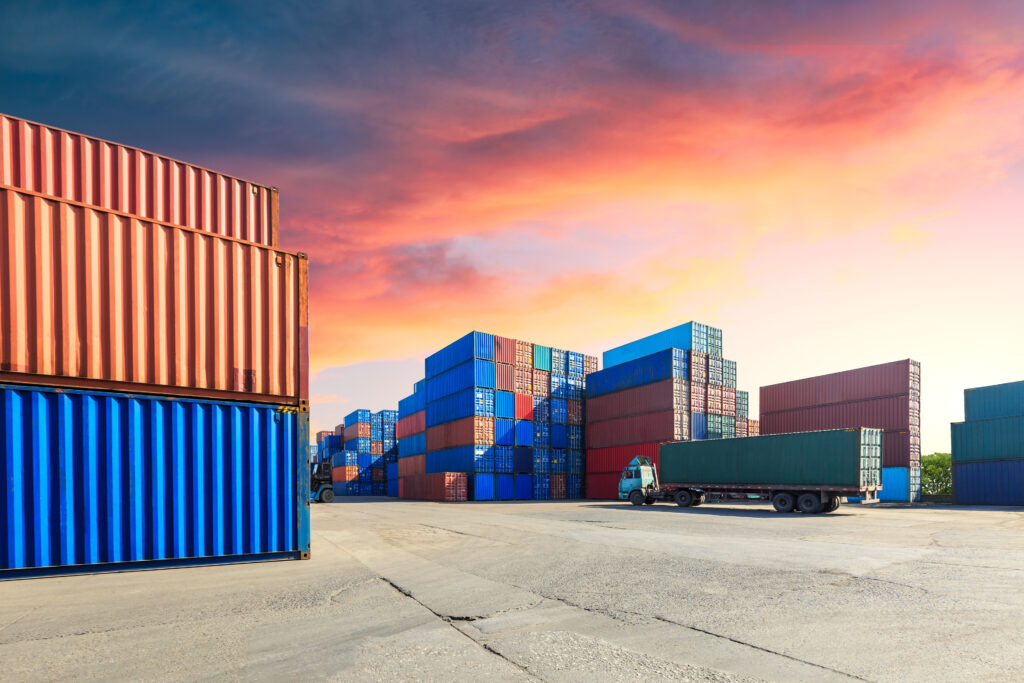As businesses worldwide strive to adopt more sustainable practices, logistics and transportation sectors have come under increasing scrutiny. One area that offers significant potential for reducing environmental impact is the optimization of drayage and transloading operations. By improving these processes, companies can not only cut costs but also make substantial contributions to environmental conservation.
Understanding Drayage and Transloading
Drayage refers to the transport of goods over short distances, often as part of a longer journey. This can include the movement of containers from ports to warehouses, distribution centers, or rail yards. Transloading, on the other hand, involves transferring cargo from one mode of transportation to another, such as from a ship to a truck or train. Both processes are critical components of the supply chain, ensuring that goods reach their final destinations efficiently.
Reducing Emissions through Route Optimization
One of the primary environmental benefits of optimized drayage and transloading is the reduction of greenhouse gas emissions. By employing advanced route optimization algorithms, companies can minimize the distance traveled and the time spent idling. This directly translates to lower fuel consumption and, consequently, fewer emissions. Additionally, optimized routes can help avoid congested areas, further enhancing fuel efficiency.
Enhanced Vehicle Utilization in Drayage and Transloading
Optimized drayage and transloading also improve vehicle utilization rates. By ensuring that trucks and other transport vehicles are fully loaded and used effectively, businesses can reduce the number of trips required to move the same amount of freight. This not only lowers operational costs but also decreases the overall carbon footprint of transportation activities.
Incorporating Alternative Fuels and Technology
Another significant advantage of optimizing these logistics processes is the opportunity to integrate alternative fuels and cutting-edge technologies. For instance, electric and hybrid trucks can be utilized for short drayage trips, particularly in urban areas where air quality is a major concern. Furthermore, implementing real-time tracking and telematics systems can provide valuable data on vehicle performance and energy consumption, enabling continuous improvements and further environmental benefits.
Minimizing Empty Miles
Empty miles, or the distance traveled by transport vehicles without cargo, represent a considerable inefficiency in the supply chain. Optimized drayage and transloading can significantly reduce these empty miles by coordinating backhauls and consolidating shipments. This ensures that vehicles are almost always carrying cargo, thereby maximizing their efficiency and minimizing unnecessary fuel use.
Supporting Intermodal Transport
Intermodal transport, which involves using multiple modes of transportation (such as rail, ship, and truck) for a single shipment, is another area where optimized drayage and transloading can have a positive environmental impact. Rail and ship transport are typically more fuel-efficient and have a lower environmental footprint compared to road transport. By effectively integrating these modes, companies can reduce their reliance on less sustainable transport options and move goods in a more eco-friendly manner.
Optimizing drayage and transloading operations presents a compelling opportunity for businesses to enhance their sustainability efforts. PITT OHIO is helping businesses achieve significant environmental benefits by reducing emissions, improving vehicle utilization, incorporating alternative fuels and technology, minimizing empty miles, and supporting intermodal transport. As the demand for greener logistics solutions continues to grow, businesses that embrace these optimizations will not only contribute to environmental conservation but also gain a competitive edge in an increasingly eco-conscious market.




